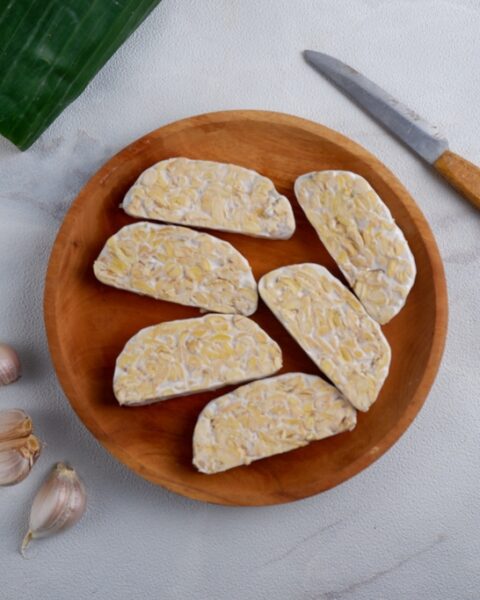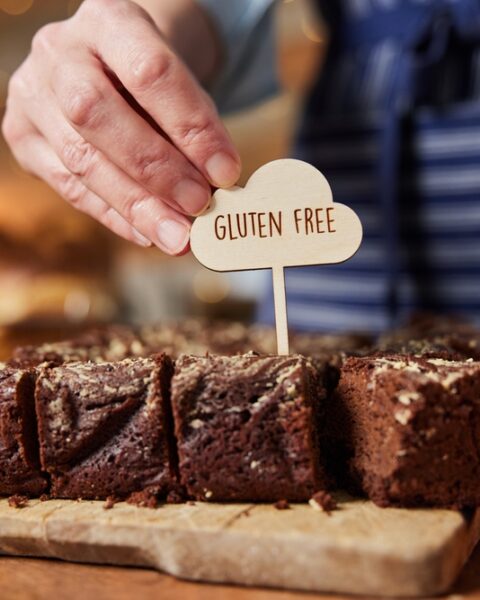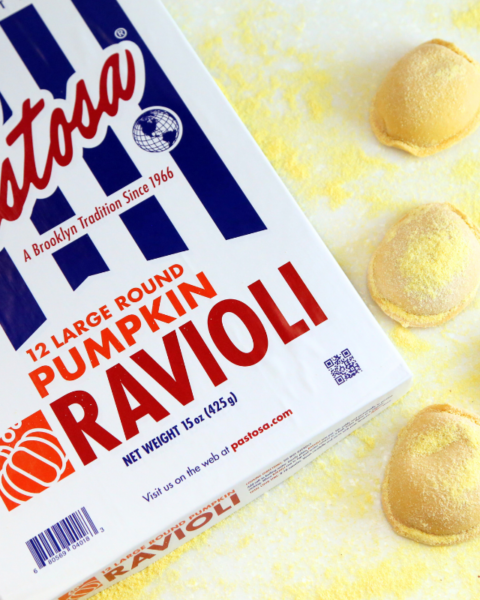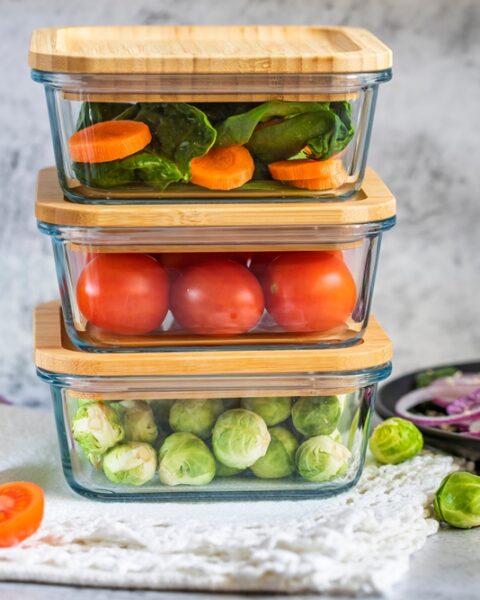Composting is one of the simplest yet most effective ways to enhance your garden’s health and productivity while also reducing landfill waste, and lowering your carbon footprint. But getting the most out of your compost pile requires more than just tossing scraps into a bin. You will need sustainable tips that will ensure your garden and the planet both reap the full benefits.
Contents
- 1 Choose the Right Compost Bin
- 2 Start with a Good Mix of Greens and Browns
- 3 Shred Materials for Faster Decomposition
- 4 Maintain the Right Moisture Level
- 5 Turn the Pile Regularly
- 6 Add Kitchen Scraps Wisely
- 7 Avoid Adding Weeds and Diseased Plants
- 8 Monitor the Temperature
- 9 Include a Variety of Materials
- 10 Cover the Compost Pile
- 11 Compost in Layers
- 12 Be Patient with the Process
- 13 Use Finished Compost Correctly
- 14 Avoid Composting Harmful Materials
- 15 Understand When Compost Is Ready
- 16 More From RetailShout
- 17 10 Essential Tools Every Homeowner Should Have for DIY Projects
- 18 12 Common Subway Ordering Mistakes, According to Employees
Choose the Right Compost Bin
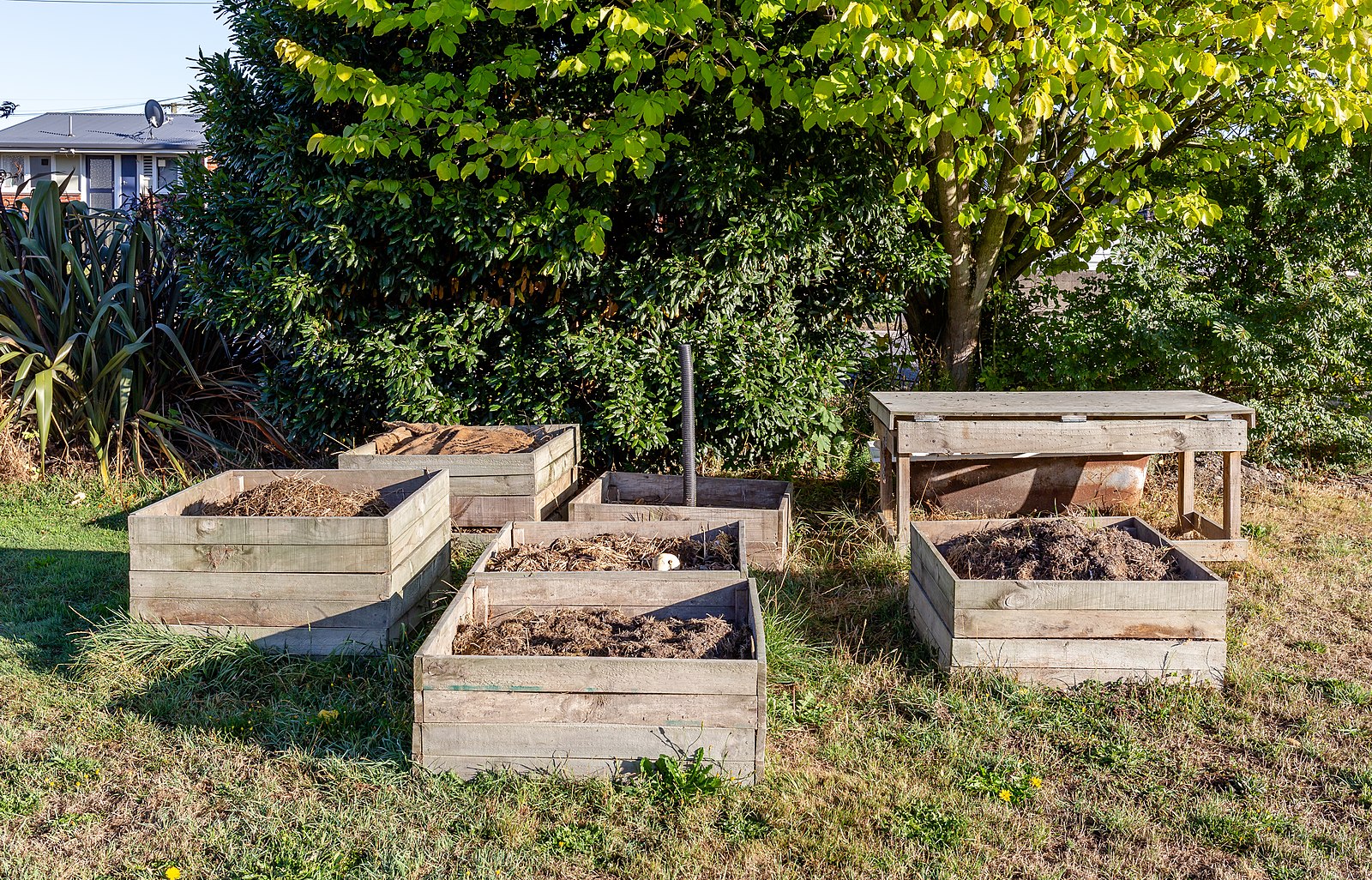
Selecting the right compost bin is the first step in successful composting. You can choose from a variety of bins, such as tumbler bins, stationary bins, or DIY bins made from wood pallets or wire. Each type has its benefits, depending on your garden size and how quickly you want your compost to decompose. Tumbler bins, for instance, are great for faster decomposition as they allow easy turning of the compost material. Make sure your bin has good ventilation to allow air circulation, which is crucial for the composting process.
Start with a Good Mix of Greens and Browns
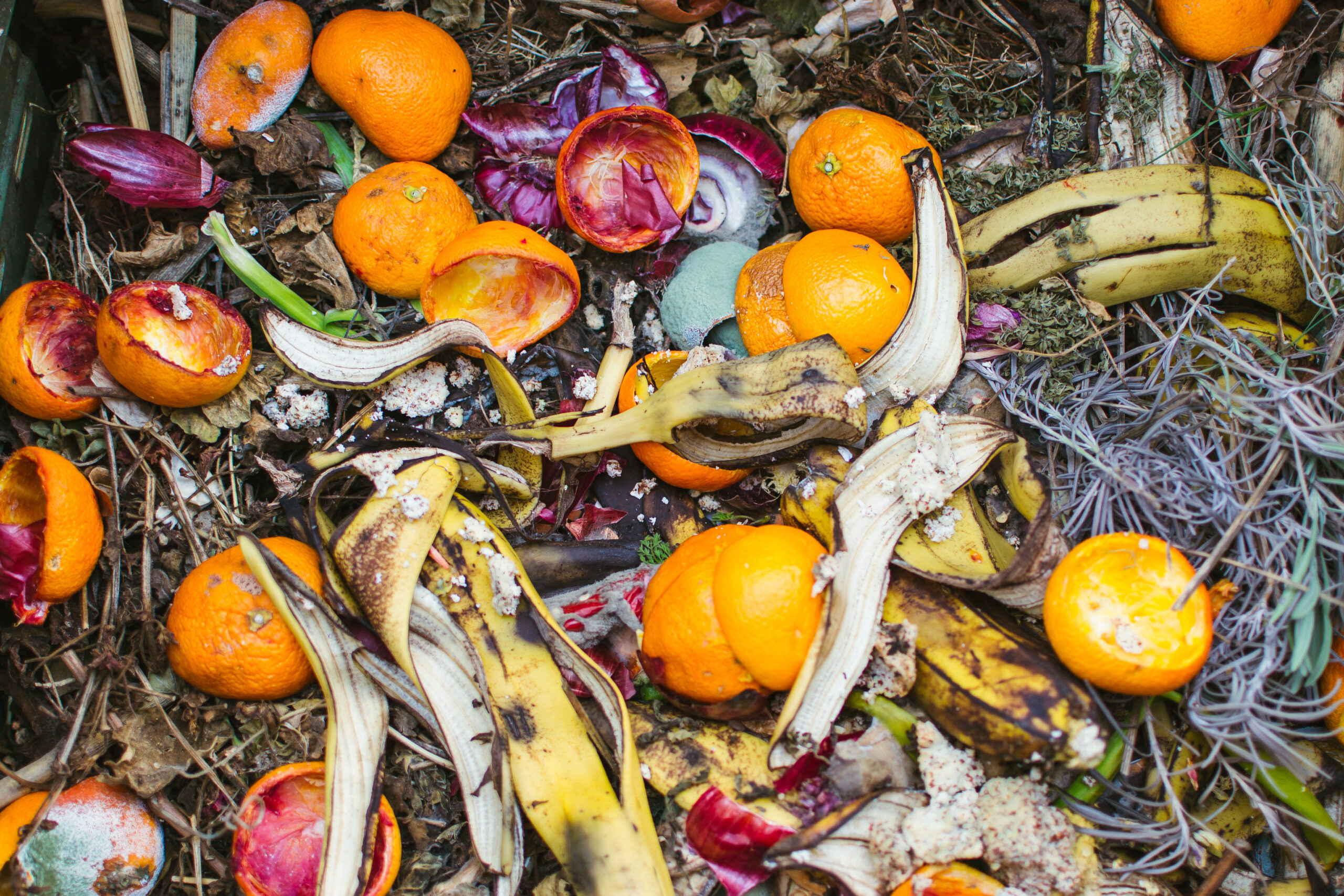
A balanced compost pile needs a mix of green and brown materials. Greens are rich in nitrogen, including items like vegetable scraps, coffee grounds, and grass clippings. Browns provide carbon and include dry leaves, cardboard, and small branches. Aim for a ratio of roughly three parts browns to one part greens for optimal decomposition. This balance helps maintain the right moisture levels and prevents the pile from becoming too soggy or dry.
Shred Materials for Faster Decomposition
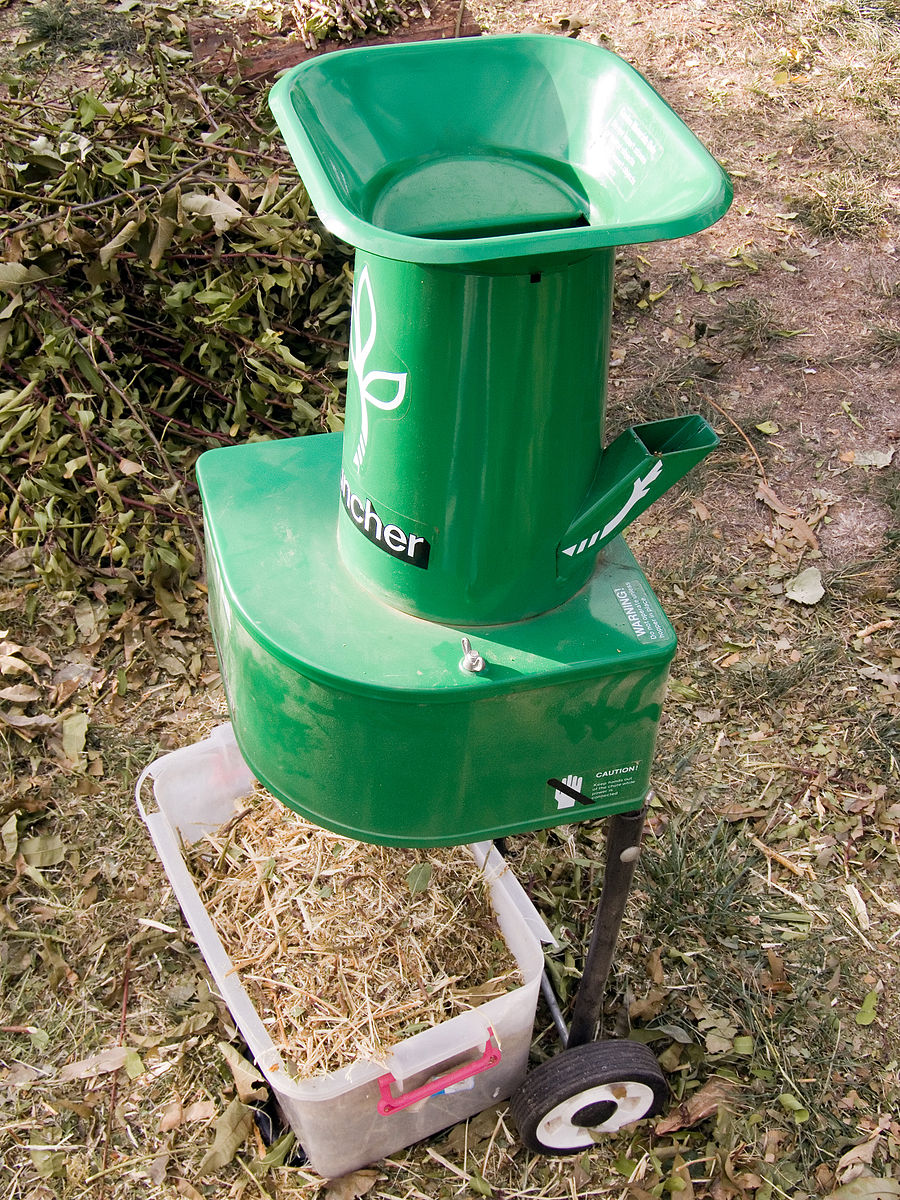
Shredding or chopping compost materials into smaller pieces can significantly speed up the composting process. Larger pieces take longer to break down, so cutting them down to size increases the surface area, allowing microbes to work more efficiently. This is particularly important for tougher items like branches or thick vegetable stalks. Invest in a good pair of garden shears or a shredder to make this task easier. Not only does this practice speed up decomposition, but it also results in a finer, more consistent compost.
Maintain the Right Moisture Level
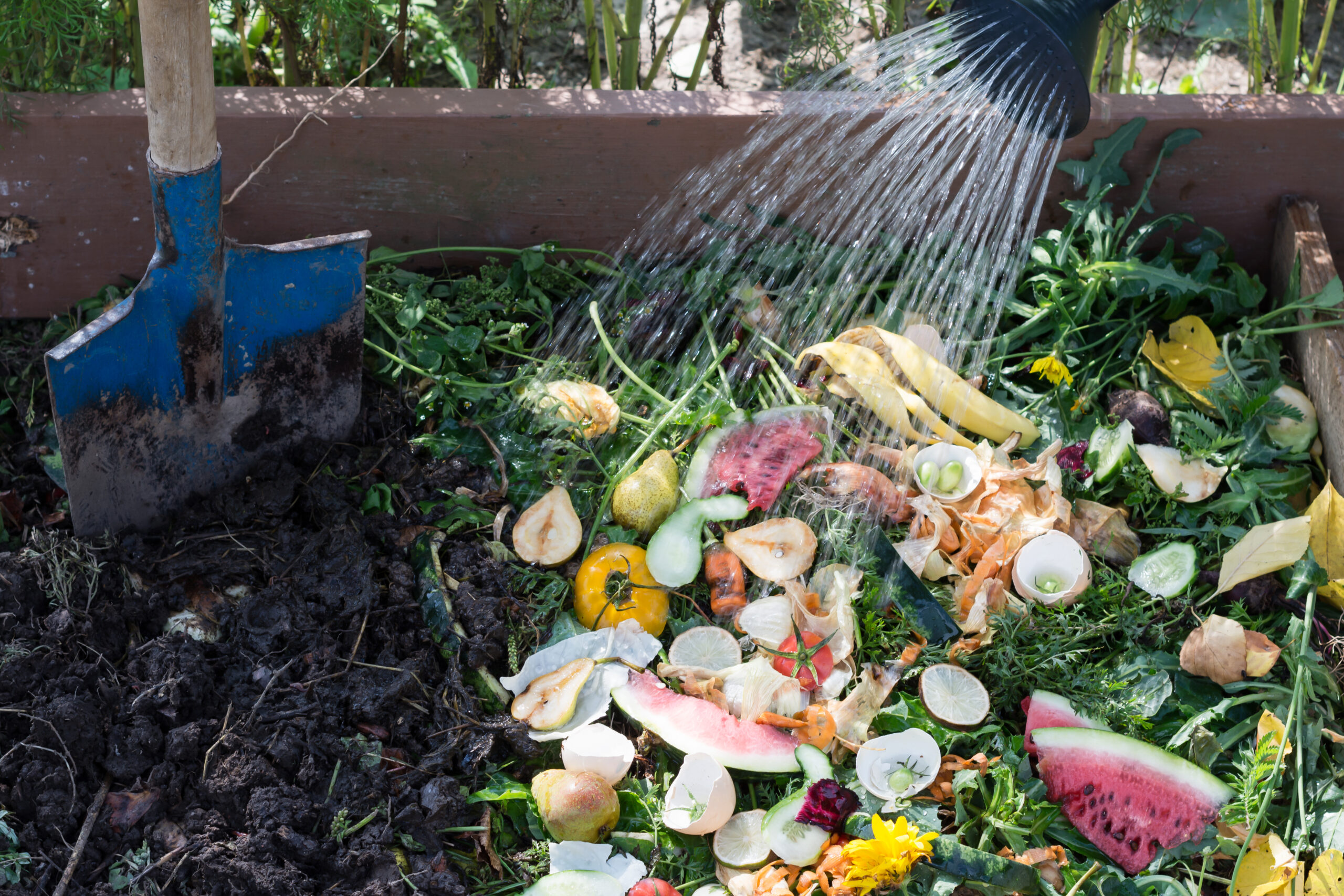
Your compost pile should be kept moist but not waterlogged, similar to a wrung-out sponge. If the pile is too dry, the decomposition process will slow down, and if it’s too wet, it may start to smell and attract pests. Water the pile as needed, especially during hot or dry weather. Covering your compost pile with a tarp can help retain moisture in dry conditions. Regularly check the moisture level by squeezing a handful of compost; if water drips out, it’s too wet, and if it crumbles, it’s too dry.
Turn the Pile Regularly
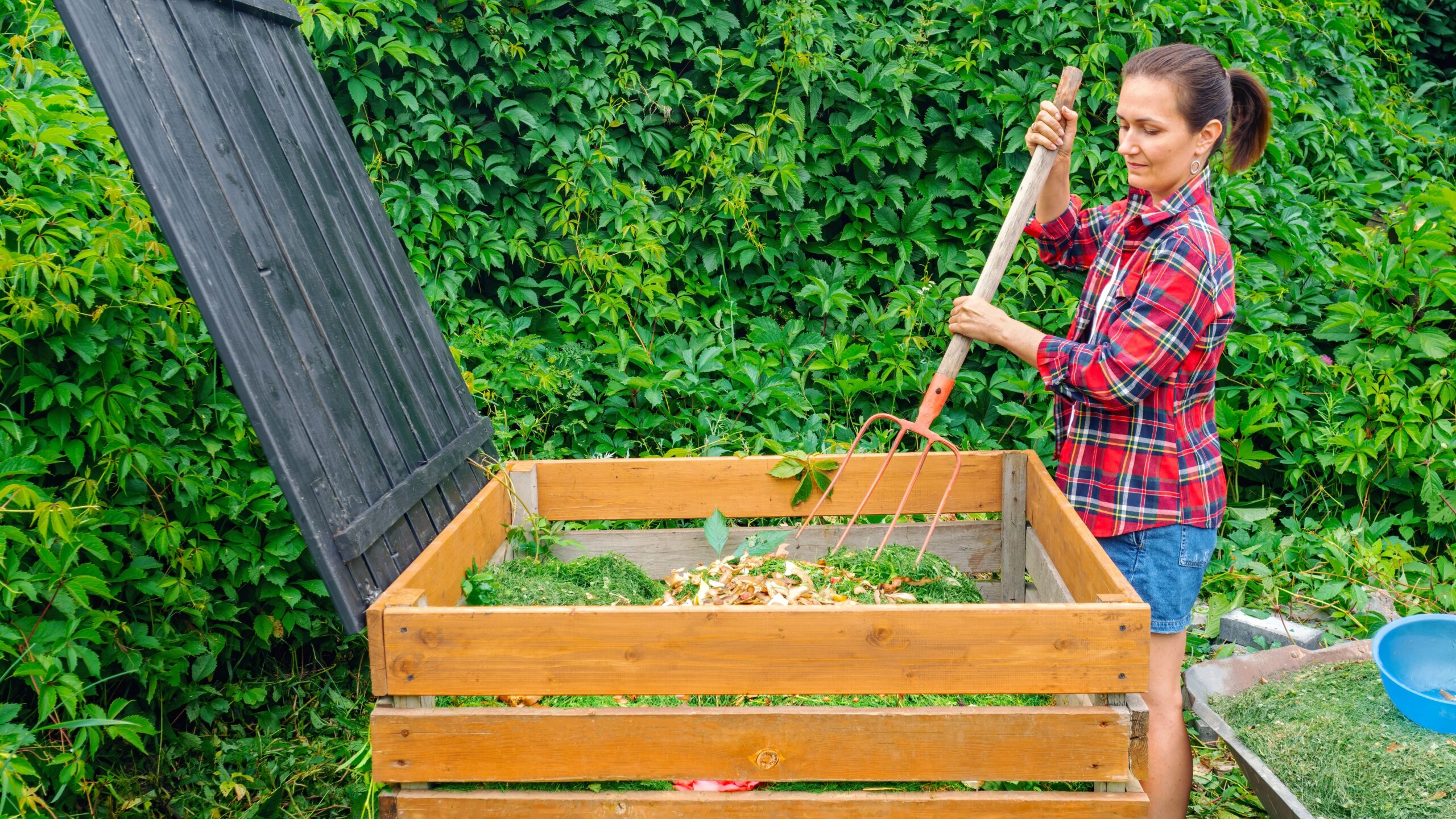
Turning your compost pile regularly aerates it and speeds up the decomposition process. This practice introduces oxygen, which is necessary for aerobic microbes that break down the organic matter. Use a pitchfork or compost turner to mix the materials thoroughly every few weeks. If you’re using a tumbler bin, simply rotate it as recommended by the manufacturer. Regular turning also helps prevent the pile from becoming compacted, which can slow down decomposition.
Add Kitchen Scraps Wisely
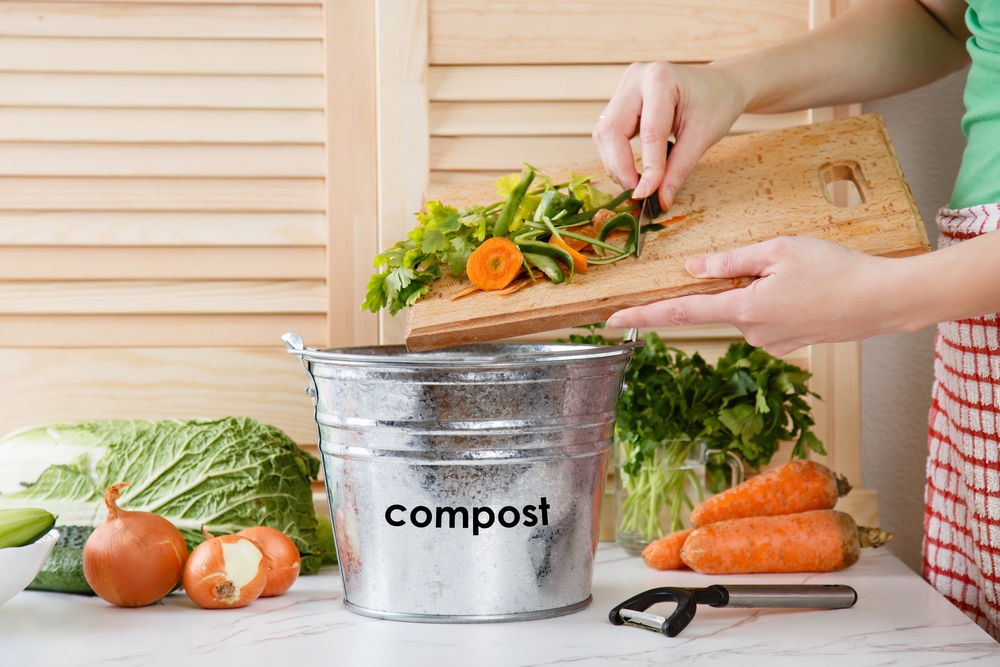
While kitchen scraps are a great source of nitrogen for your compost pile, not all scraps are compost-friendly. Avoid adding meat, dairy, and oily foods, as these can attract pests and create unpleasant odors. Stick to fruit and vegetable peels, coffee grounds, eggshells, and tea bags. To prevent fruit flies and odors, bury food scraps deep in the pile and cover them with brown materials. Consider keeping a small compost bin in your kitchen to collect scraps easily.
Avoid Adding Weeds and Diseased Plants
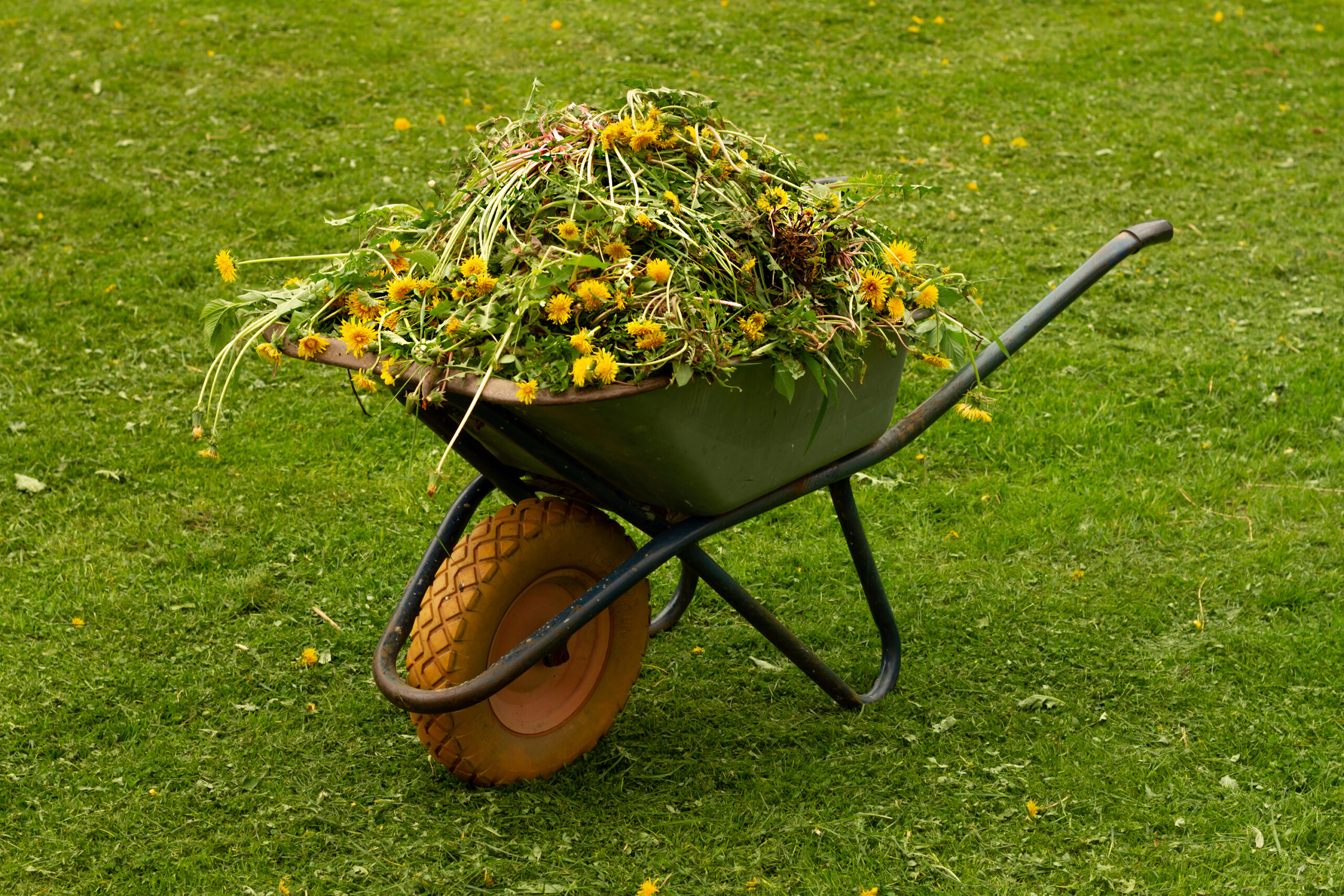
Not everything from your garden should go into the compost pile. Avoid adding weeds that have gone to seed or diseased plants, as the composting process might not get hot enough to kill seeds or pathogens. If these end up in your compost, you risk spreading them throughout your garden when you use the finished compost. Instead, dispose of these items through your local yard waste service or in a designated weed bin. For a safer approach, you can hot compost these materials in a separate pile that reaches higher temperatures.
Monitor the Temperature
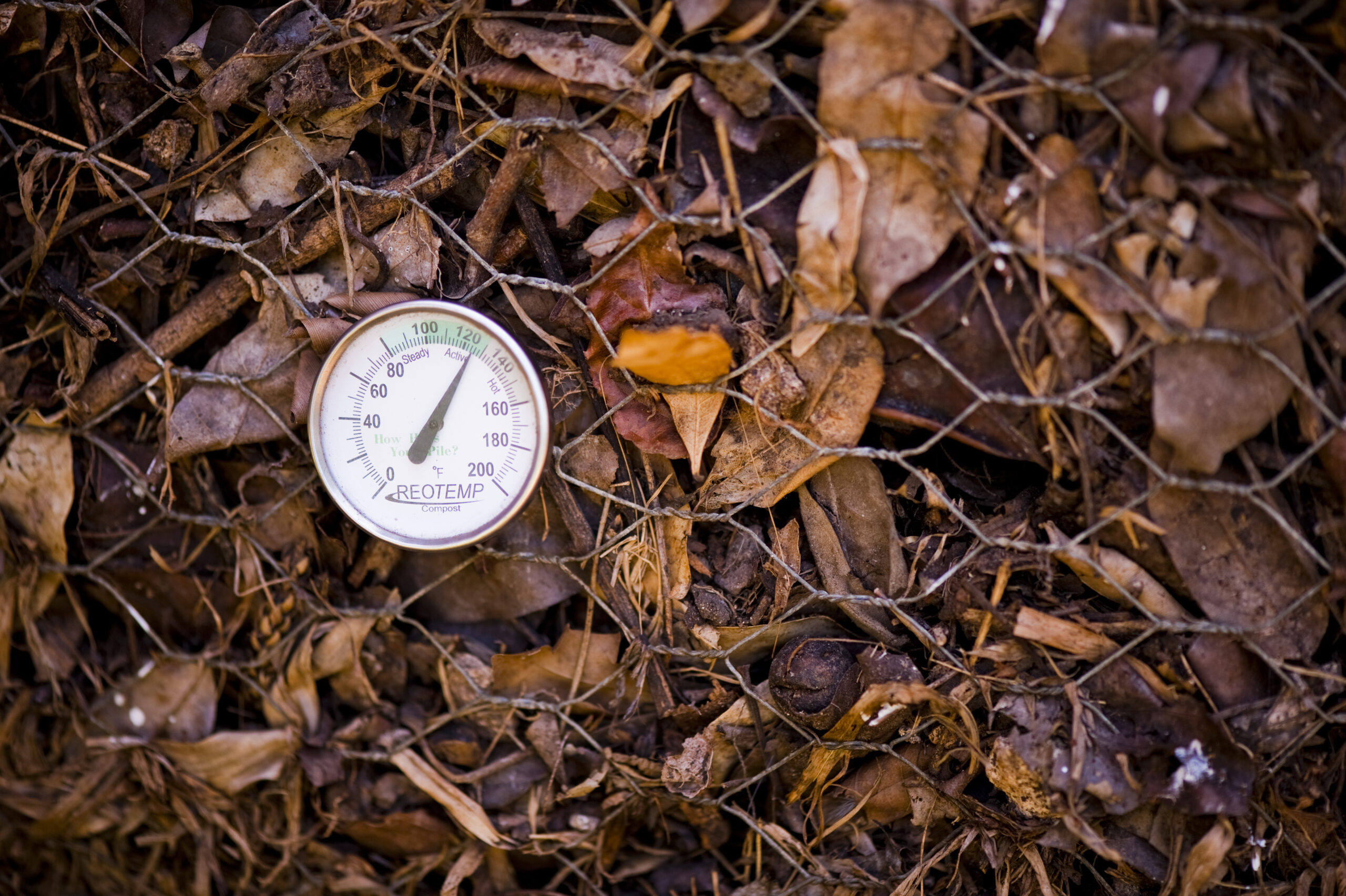
Temperature is a key factor in effective composting. A compost pile should ideally reach temperatures between 130°F and 160°F to kill pathogens and weed seeds. Use a compost thermometer to regularly check the temperature at the center of the pile. If the temperature drops, it might be time to turn the pile or add more green materials to heat it back up. A pile that’s too cold will decompose very slowly, while a pile that’s too hot may become anaerobic, leading to foul smells.
Include a Variety of Materials
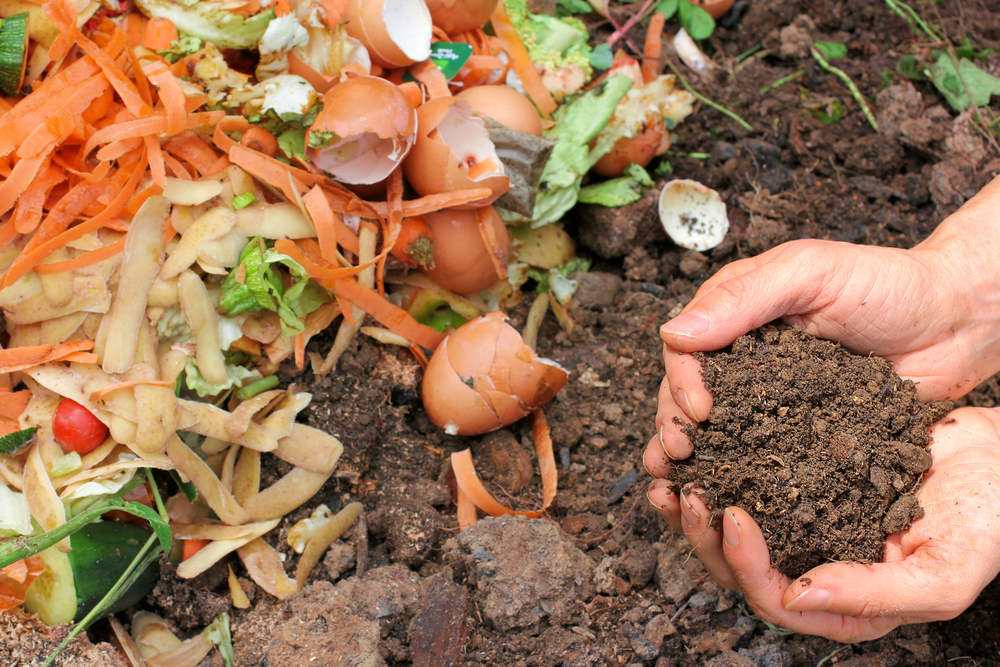
Diversity in compost materials is essential for creating nutrient-rich compost. Use a mix of green materials (like vegetable scraps, coffee grounds, and fresh grass clippings) and brown materials (such as dry leaves, straw, and cardboard). This variety ensures a good balance of nutrients, which leads to healthier plants when the compost is used in the garden. Different materials break down at different rates, which also helps maintain a steady decomposition process. Adding different textures, such as wood chips or straw, can improve aeration and prevent compaction.
Cover the Compost Pile
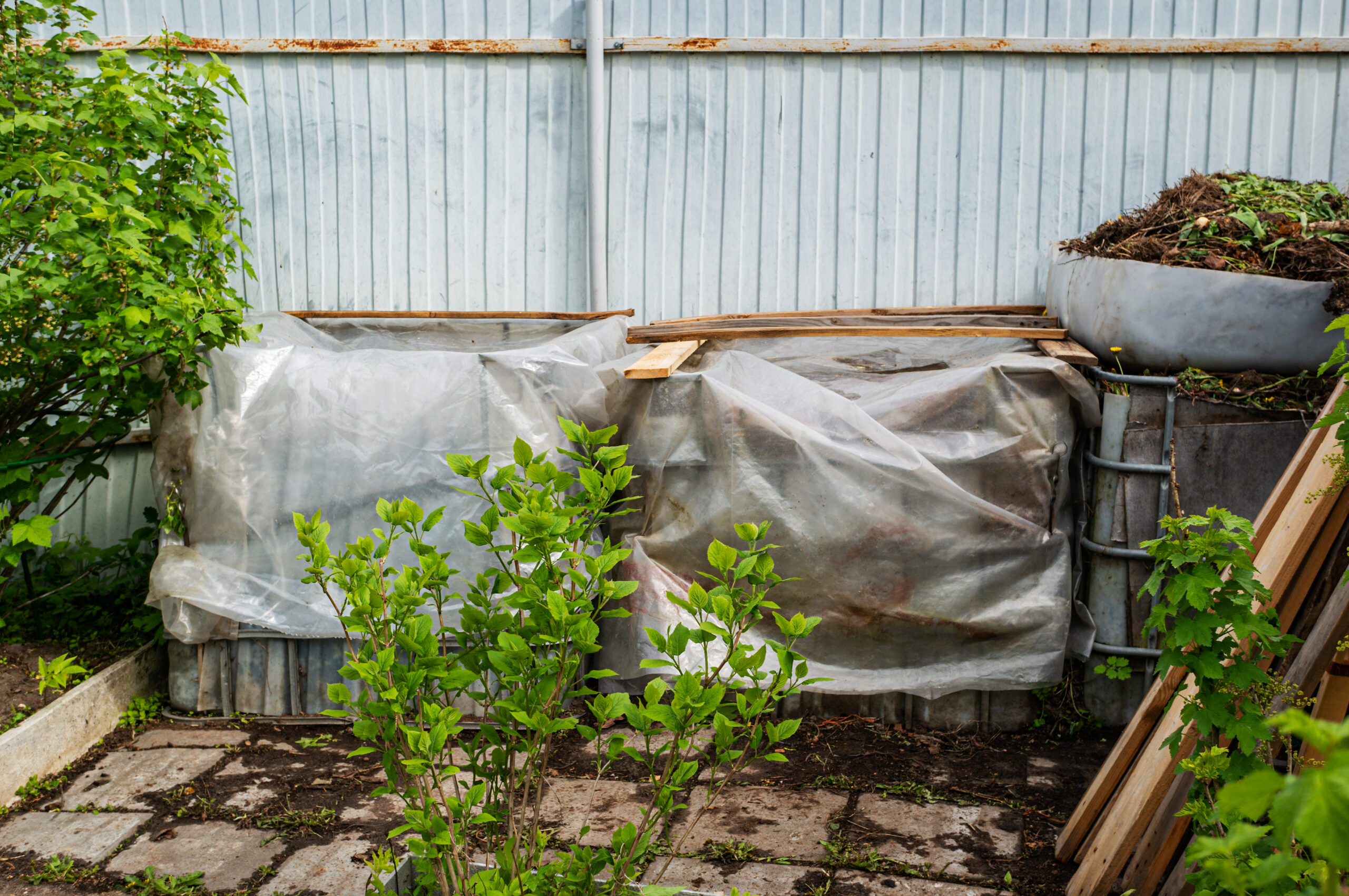
Covering your compost pile can help manage moisture levels and temperature. Use a tarp, old carpet, or specialized compost cover to protect the pile from heavy rain, which can waterlog it, or from the sun, which can dry it out. Covering also helps deter pests and prevents light materials from blowing away. However, ensure the cover still allows for some air circulation to keep the compost aerobic. An uncovered pile is more susceptible to being either too wet or too dry, leading to inefficient composting.
Compost in Layers
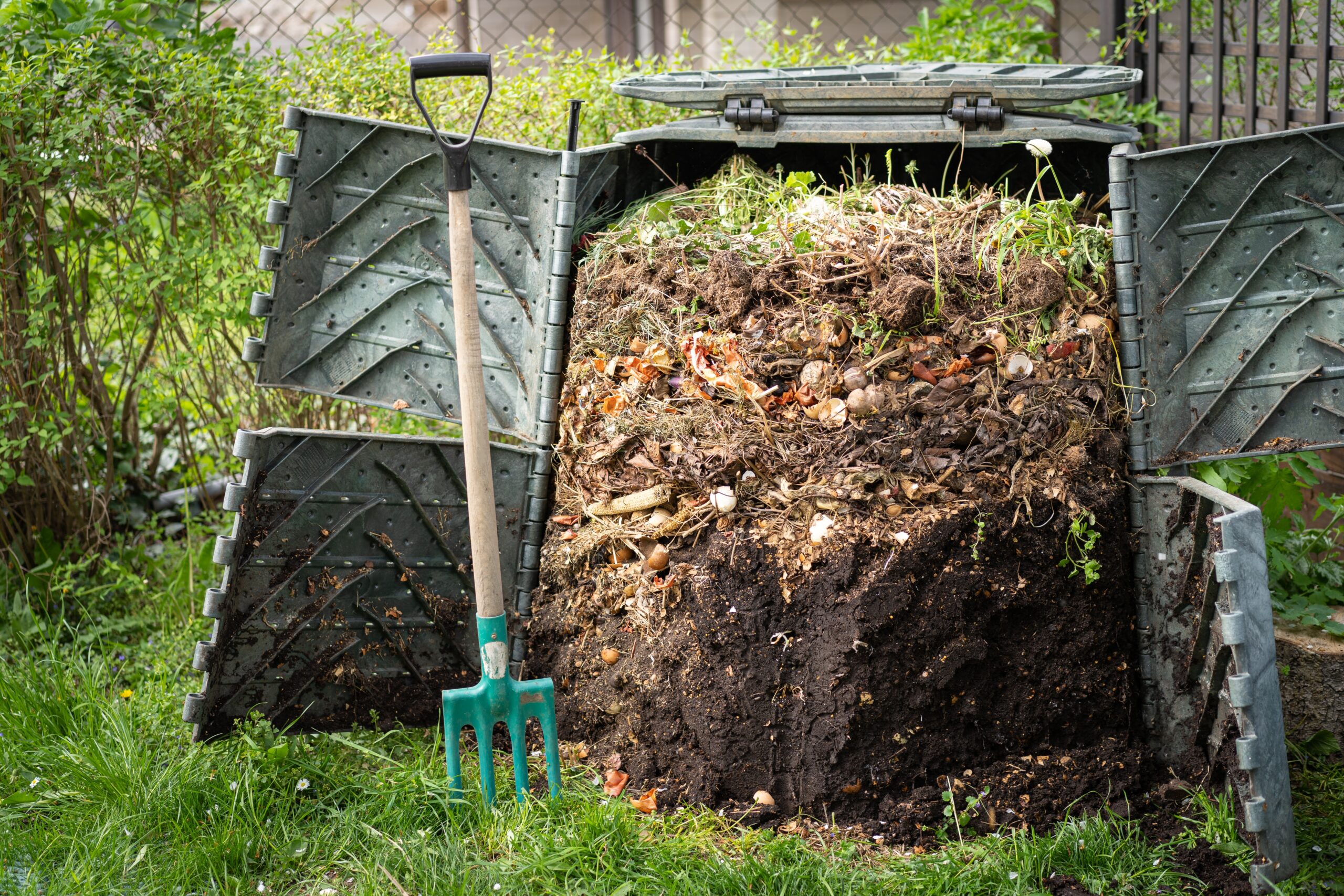
Layering your compost materials can improve the efficiency of the composting process. Start with a layer of coarse materials, like twigs or straw, to improve air circulation at the bottom of the pile. Alternate layers of green materials (nitrogen-rich) with brown materials (carbon-rich) to maintain a good balance. This layering technique helps to distribute moisture evenly and keeps the pile aerated. Over time, as you turn the pile, these layers will mix, creating a uniform compost.
Be Patient with the Process
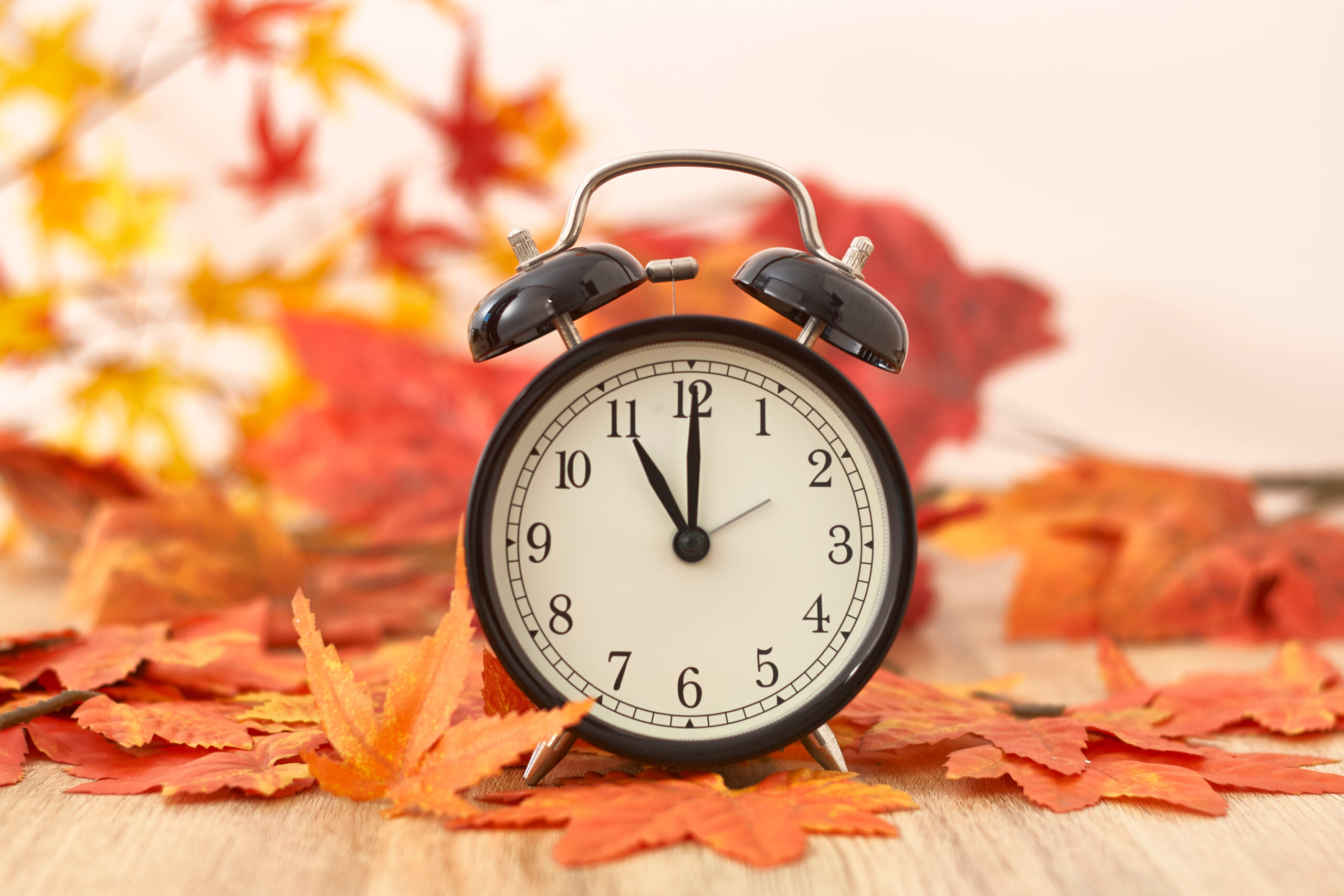
Composting is a natural process that takes time, and patience is key. Depending on the materials and methods used, it can take anywhere from a few months to a year for compost to fully mature. Resist the temptation to rush the process by adding unfinished compost to your garden, as it may rob plants of nitrogen. Regularly monitor and maintain your compost pile, but understand that it’s a gradual process. Over time, your efforts will be rewarded with rich, nutrient-dense compost that will greatly benefit your garden.
Use Finished Compost Correctly
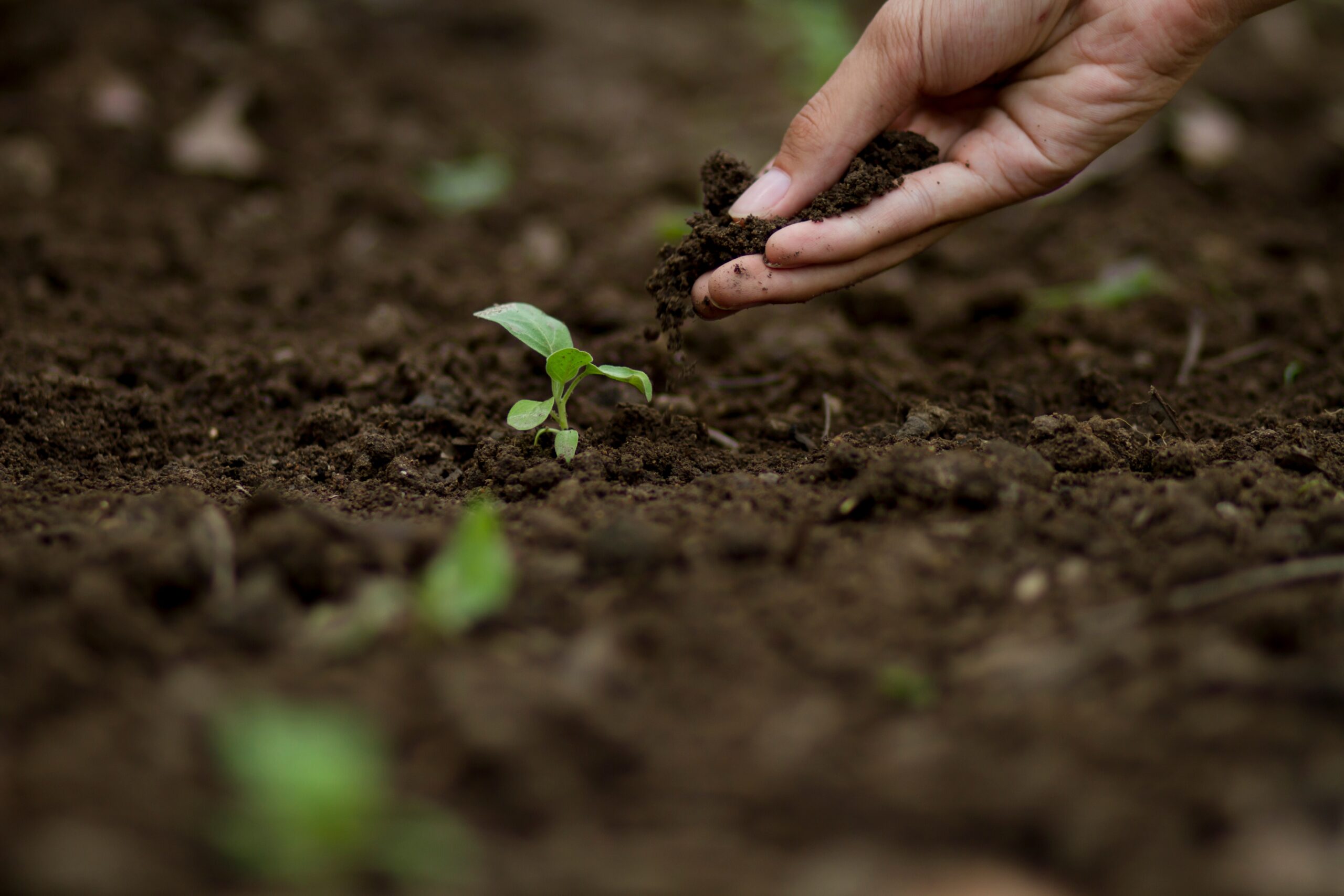
Once your compost is finished, it’s important to use it correctly to maximize its benefits. Finished compost should be dark, crumbly, and have an earthy smell. It can be used as a soil amendment, a mulch, or as a nutrient-rich layer in planting beds. Spread it evenly over your garden soil and mix it into the top few inches. Avoid using unfinished compost, as it can still contain pathogens, weed seeds, or materials that could steal nitrogen from your plants.
Avoid Composting Harmful Materials
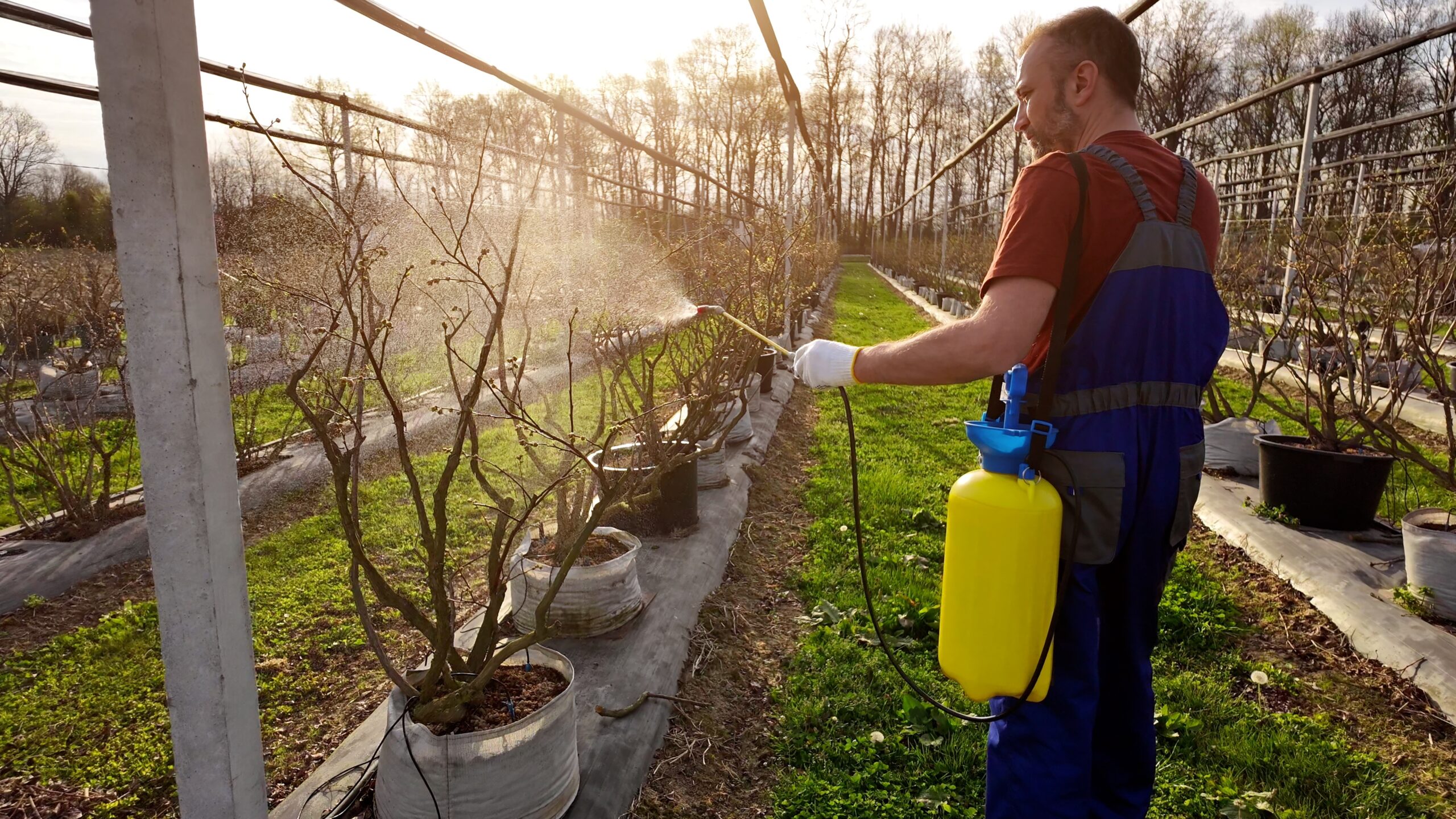
Not all organic materials are safe to compost. Avoid adding pet waste, chemically treated wood, or plants sprayed with pesticides to your compost pile. These materials can introduce harmful chemicals or pathogens that could damage your garden plants or contaminate your soil. Stick to organic waste from your kitchen and garden, such as fruit and vegetable scraps, coffee grounds, and yard trimmings. Being mindful of what you add to your compost pile ensures the final product is safe and beneficial for your garden.
Understand When Compost Is Ready
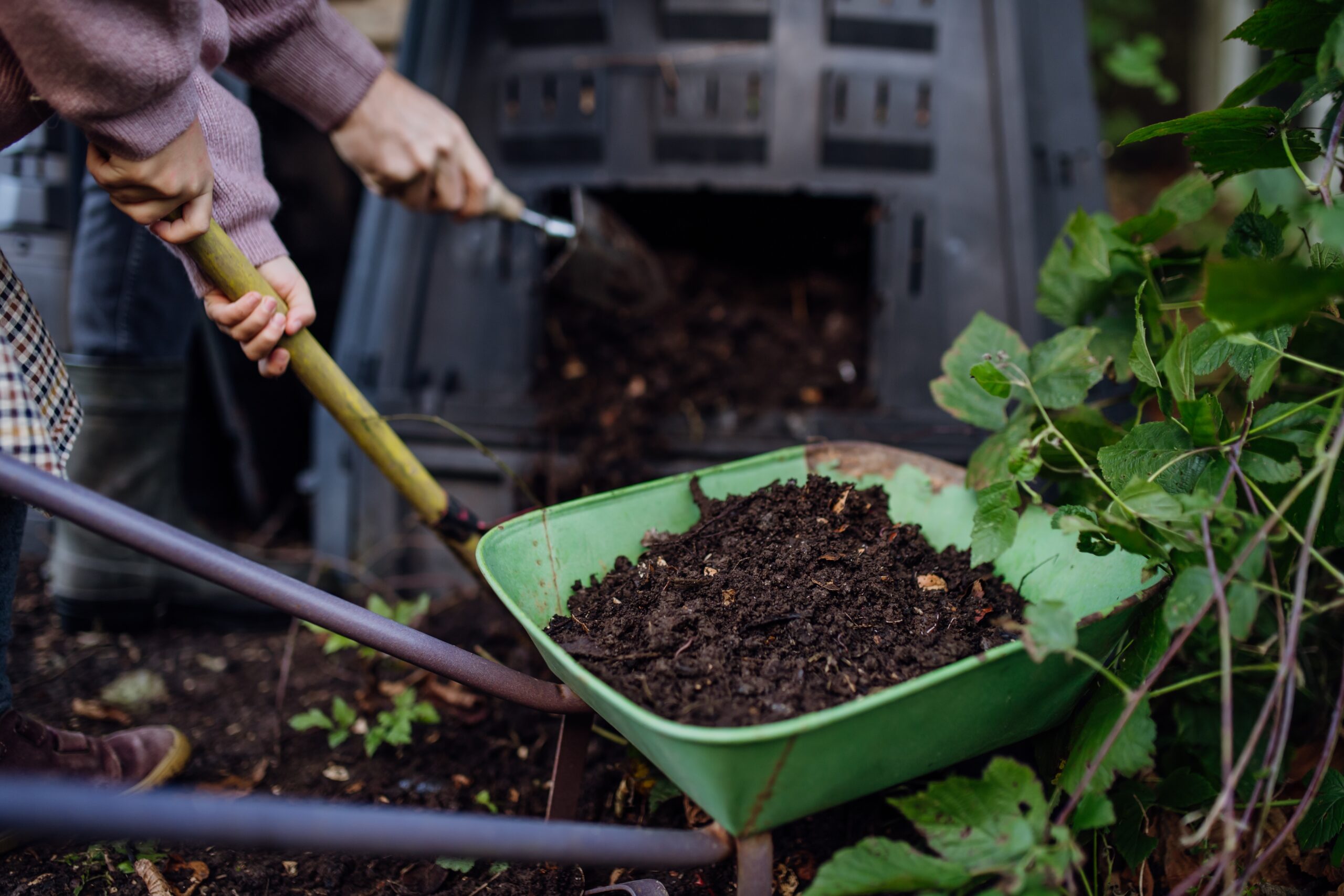
Knowing when your compost is ready to use is key to reaping its full benefits. Finished compost should be dark, crumbly, and smell like fresh earth, with no recognizable food or garden waste. If the compost still has a strong smell, or you can identify the original materials, it’s not ready yet. Give it more time and turn the pile occasionally to speed up the process. Using compost too soon can introduce pathogens or unfinished material that may hinder plant growth, so patience is important.
This article originally appeared on RetailShout.
More From RetailShout
18 Must-Have Trader Joe’s Snacks You Can’t Resist
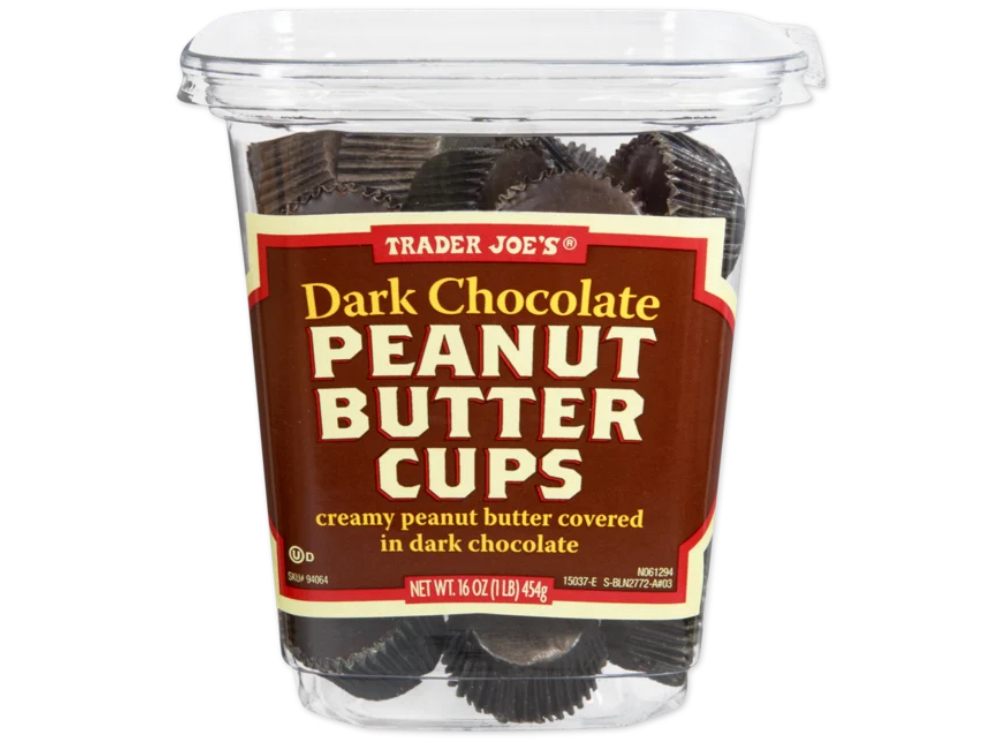
Let’s face it—there’s something about Trader Joe’s that makes snack shopping a downright adventure. With their varied lineup of unique, tasty treats, it’s easy to find yourself wandering the aisles, tossing item after item into your cart. Read More.
10 Essential Tools Every Homeowner Should Have for DIY Projects
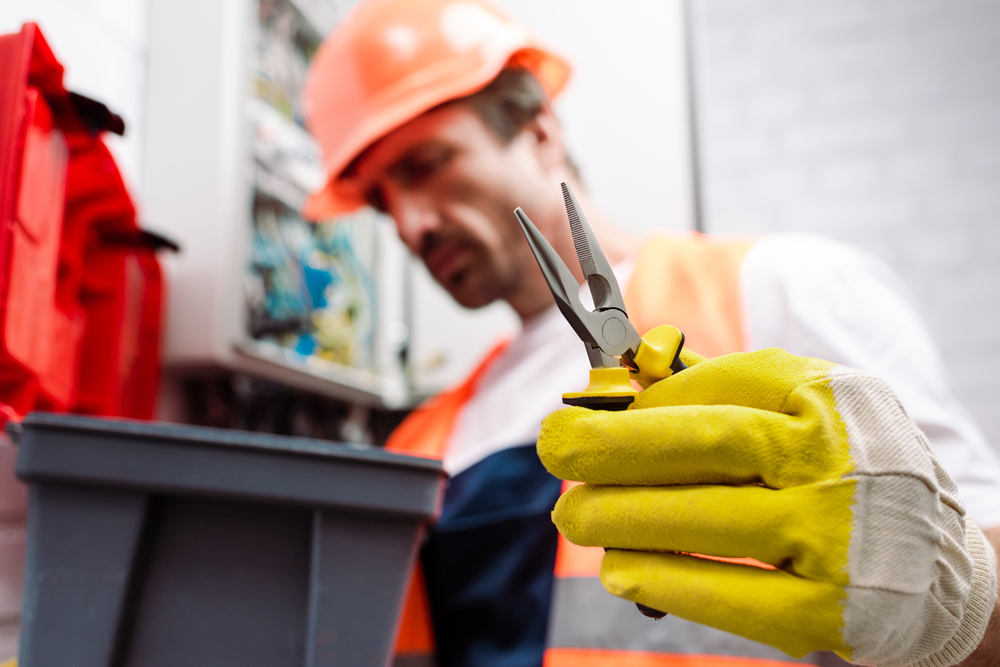
Every homeowner encounters moments when a quick fix or a small improvement is necessary, and having the right tools on hand can make all the difference. Whether you’re hanging a picture, fixing a leaky faucet, or assembling furniture, a well-stocked toolbox is essential. Read More.
12 Common Subway Ordering Mistakes, According to Employees

We’ve all been there—standing in line at Subway, eager to build the perfect sandwich, only to realize later that we might have made a few missteps. Subway employees see these mistakes every day, and they have some tips to help us avoid common pitfalls. Read More.


